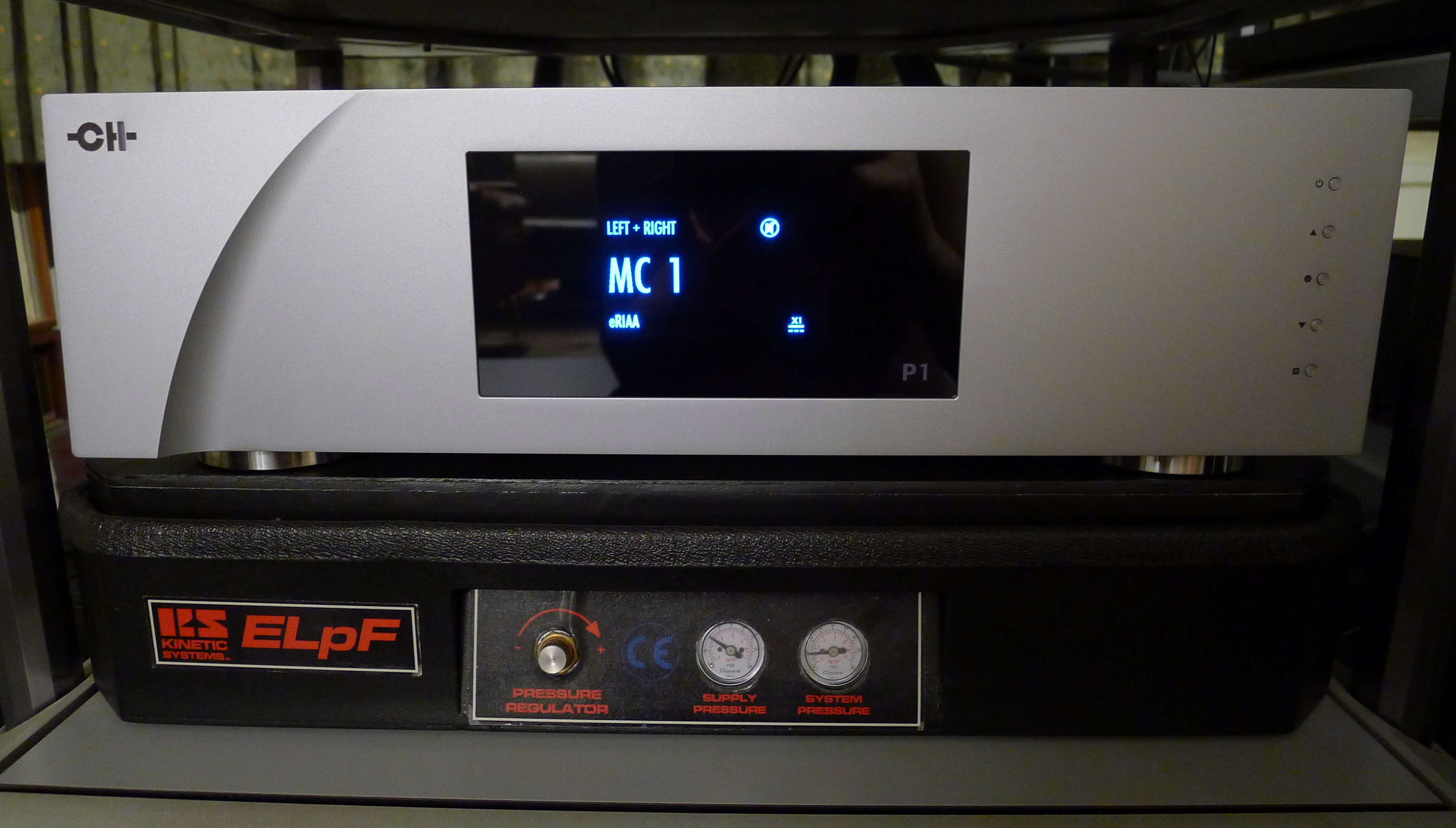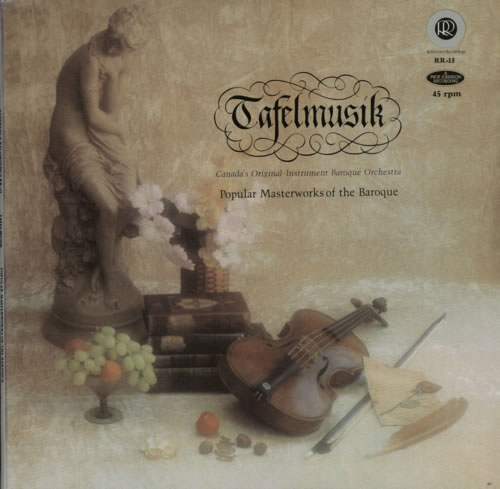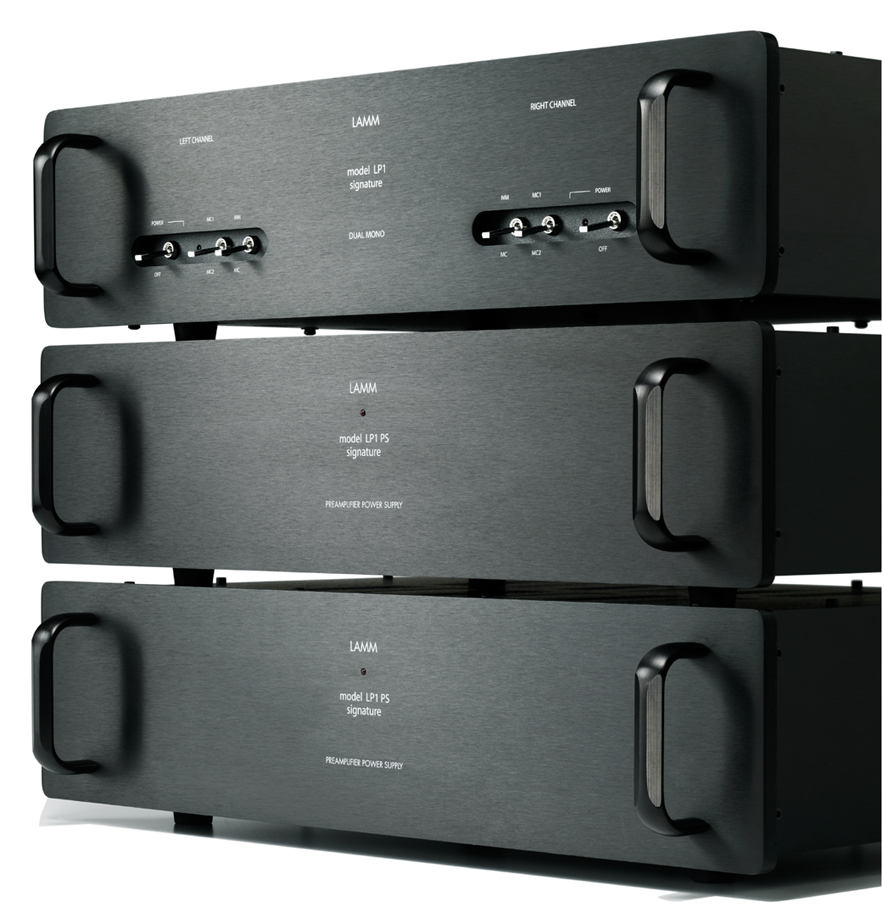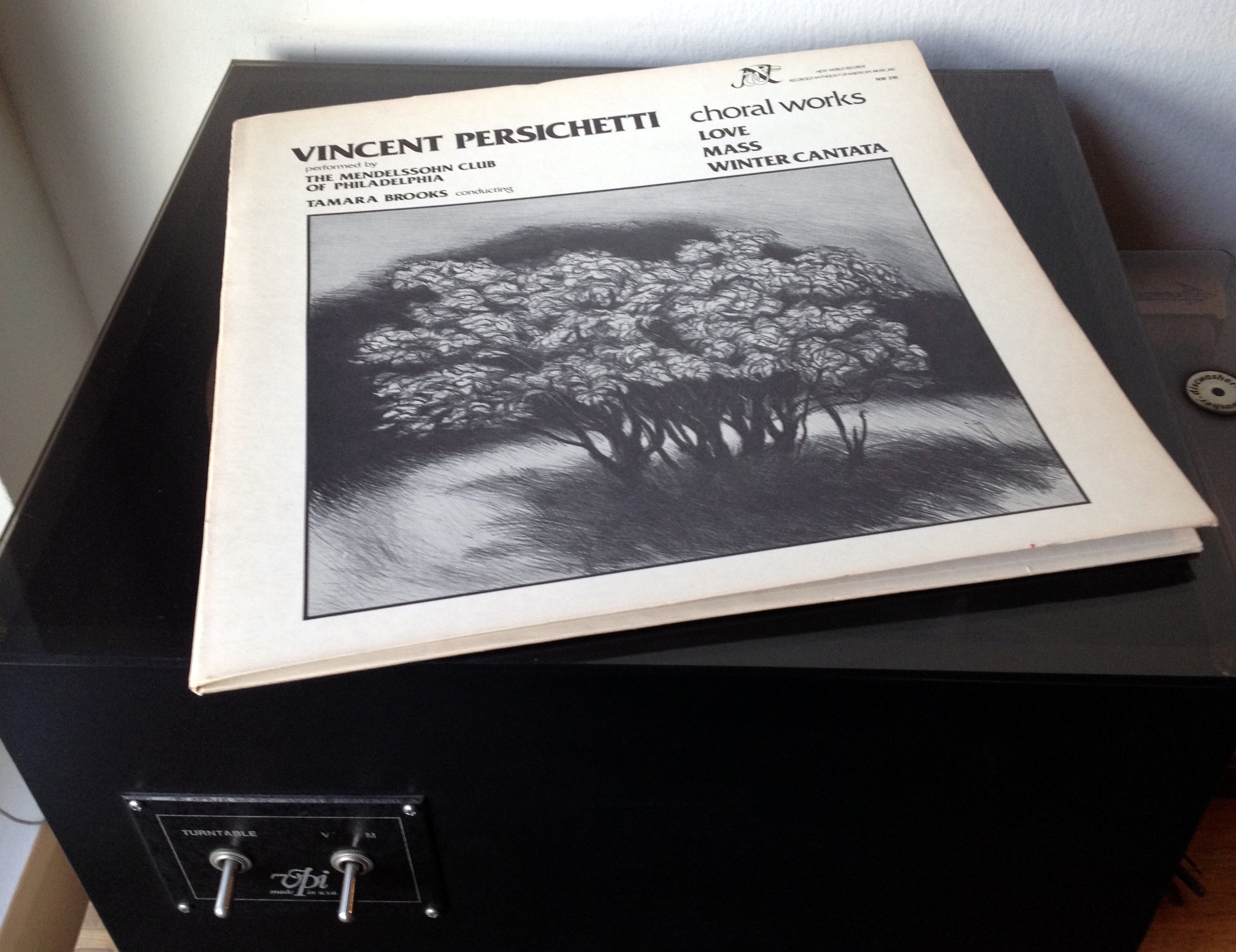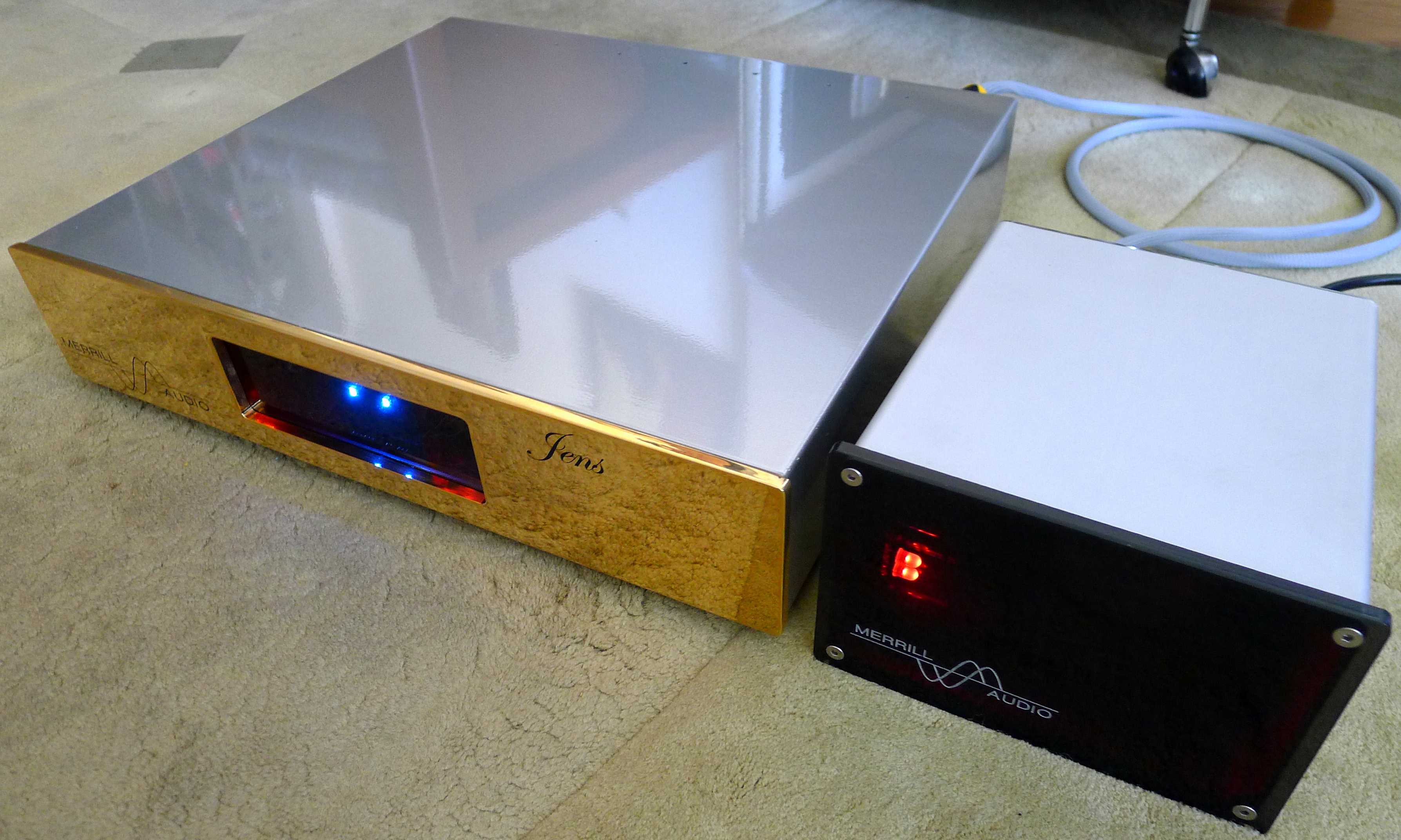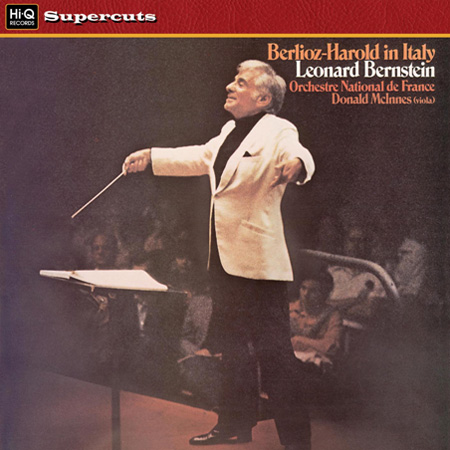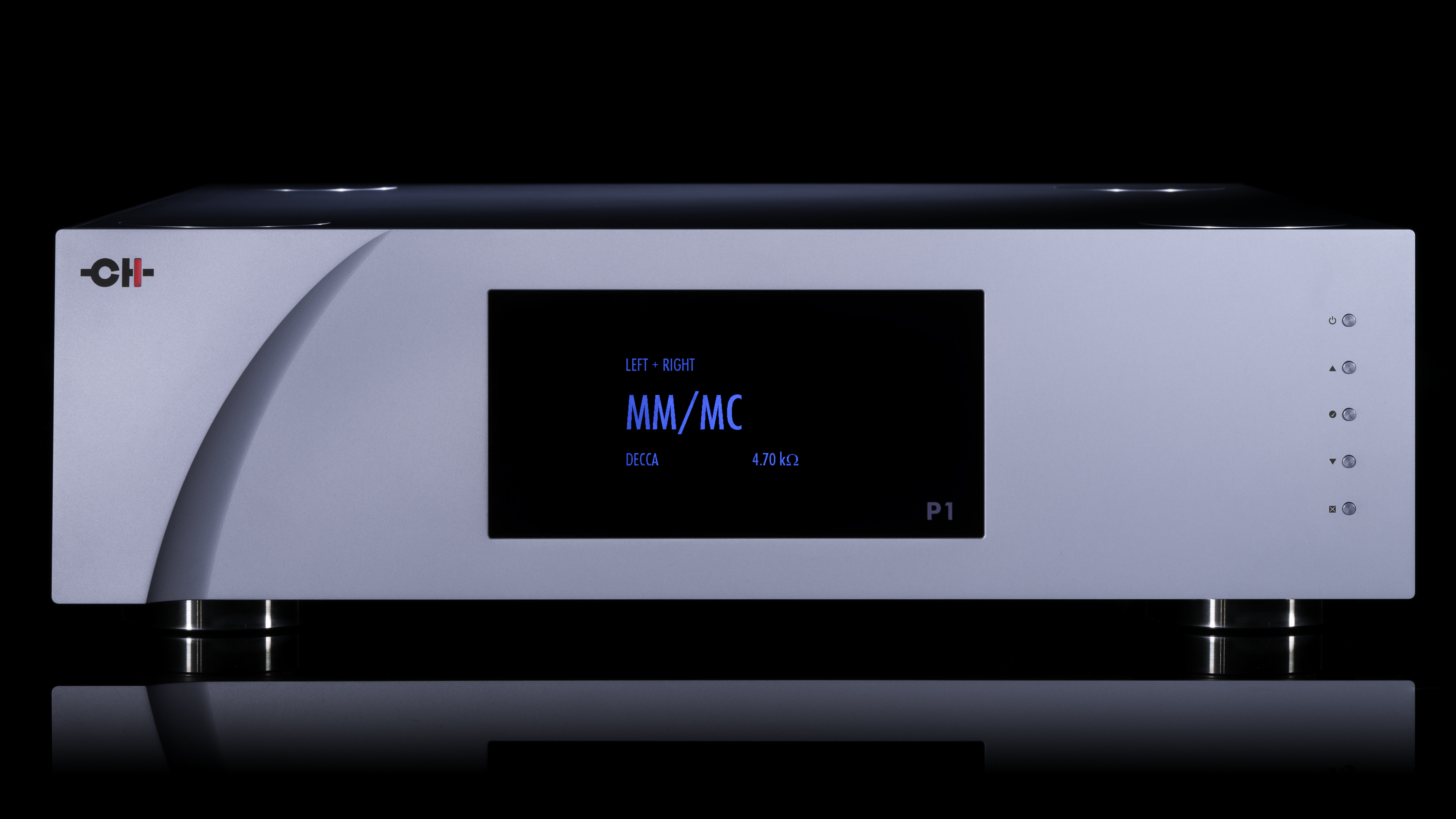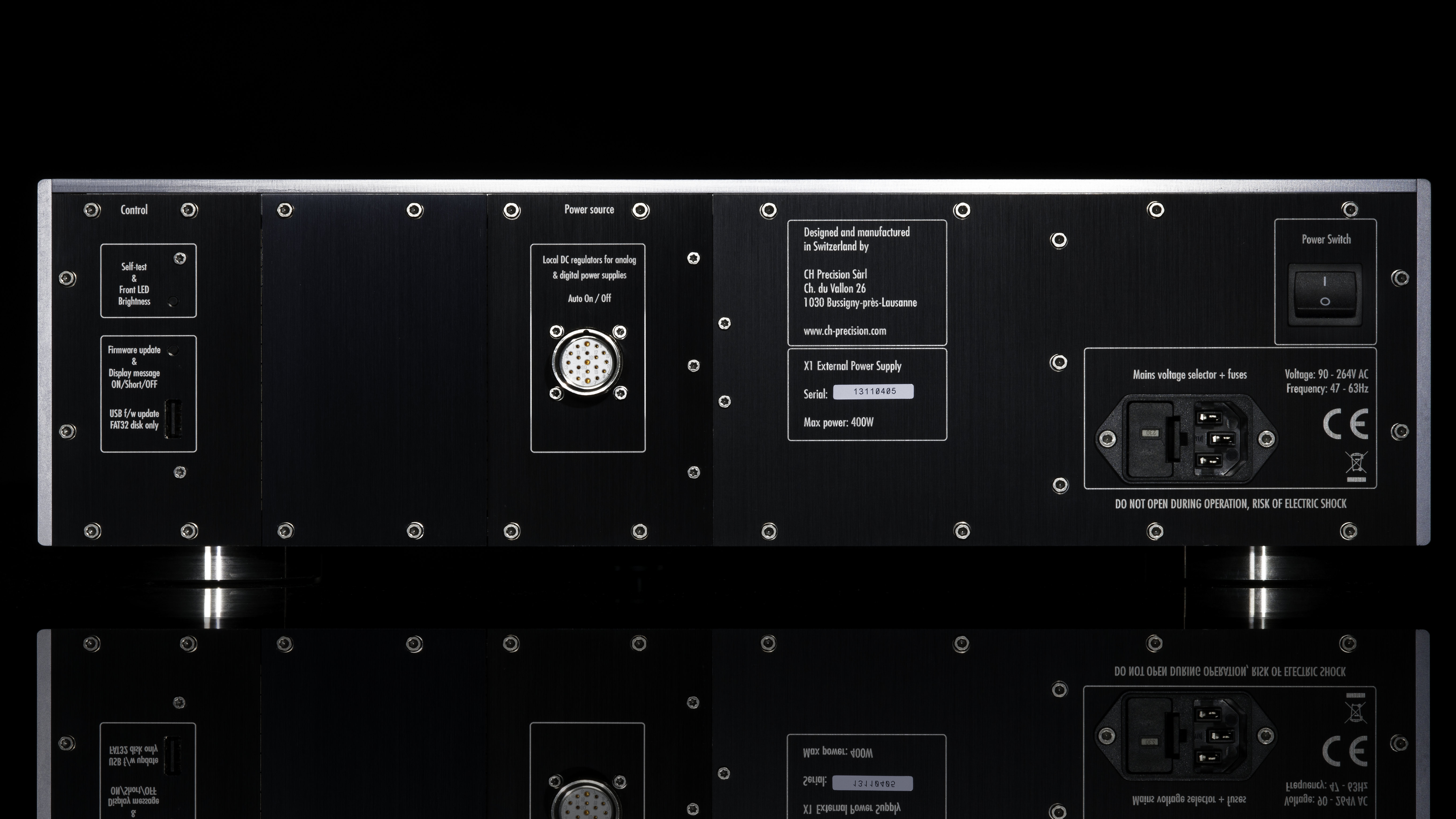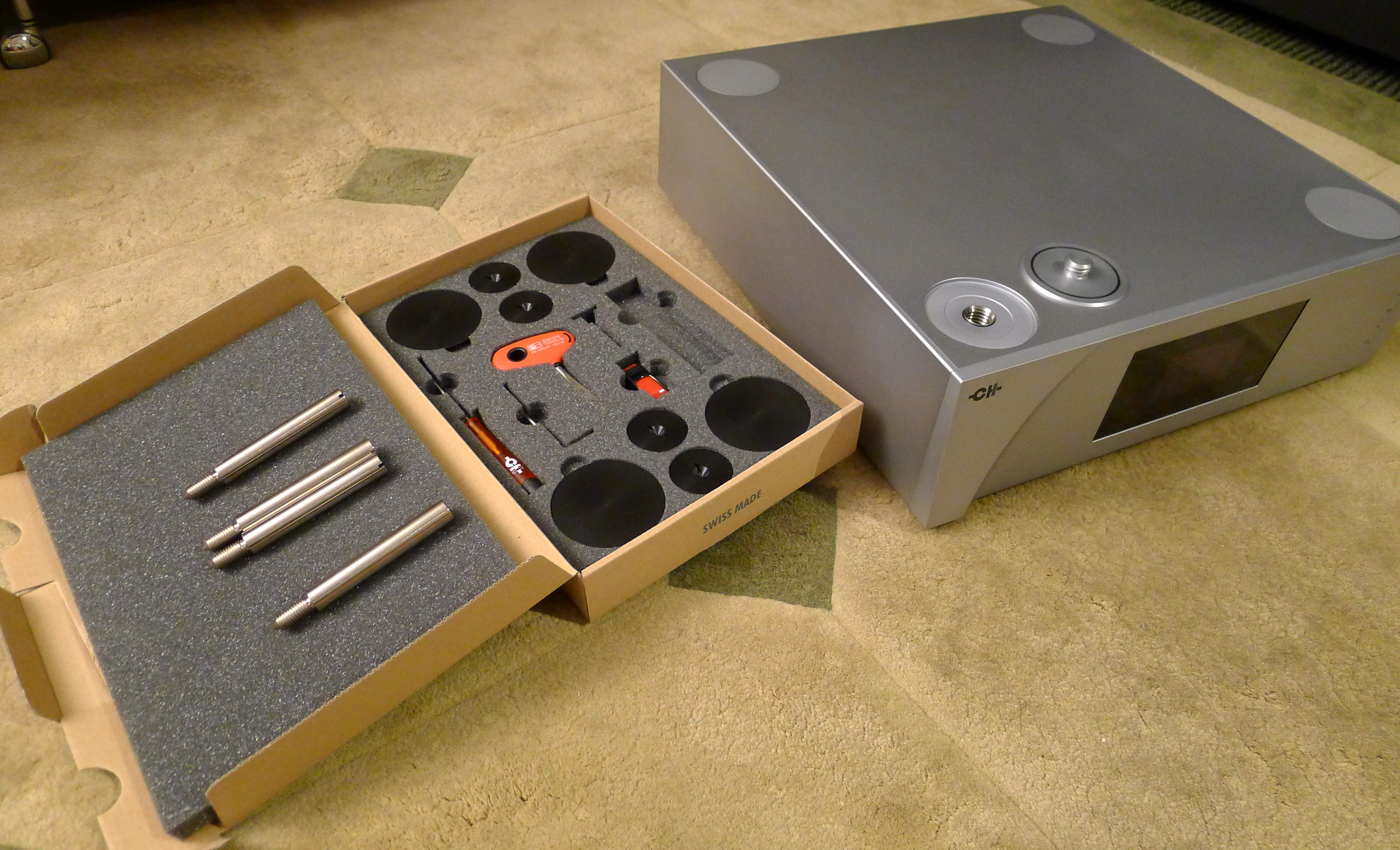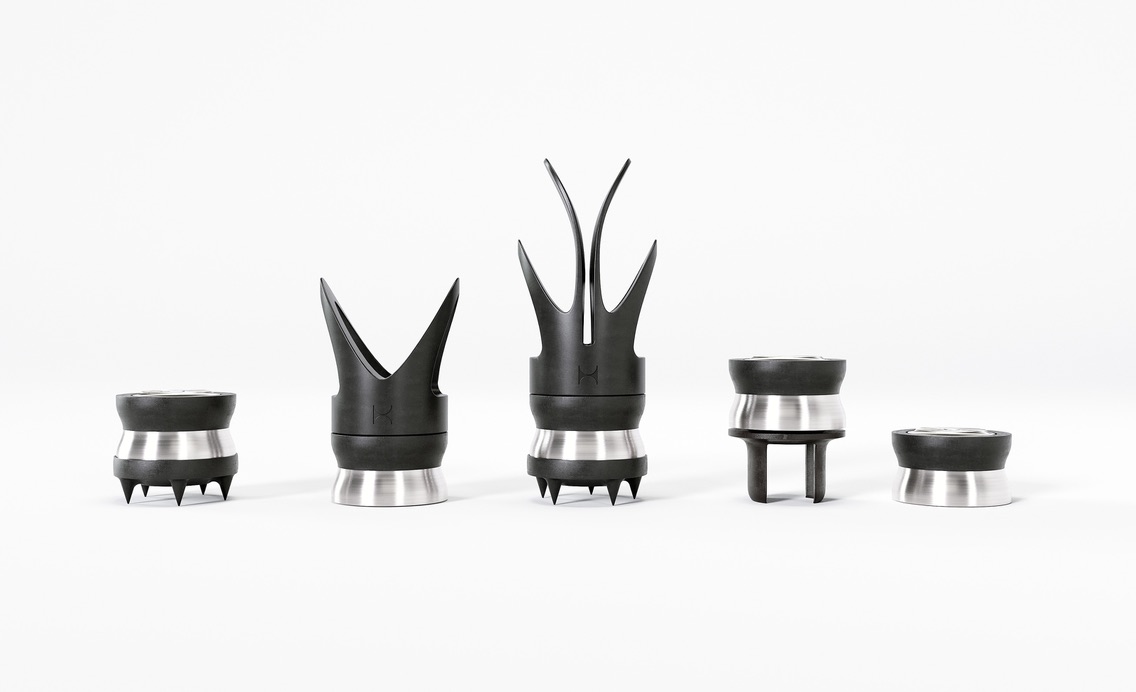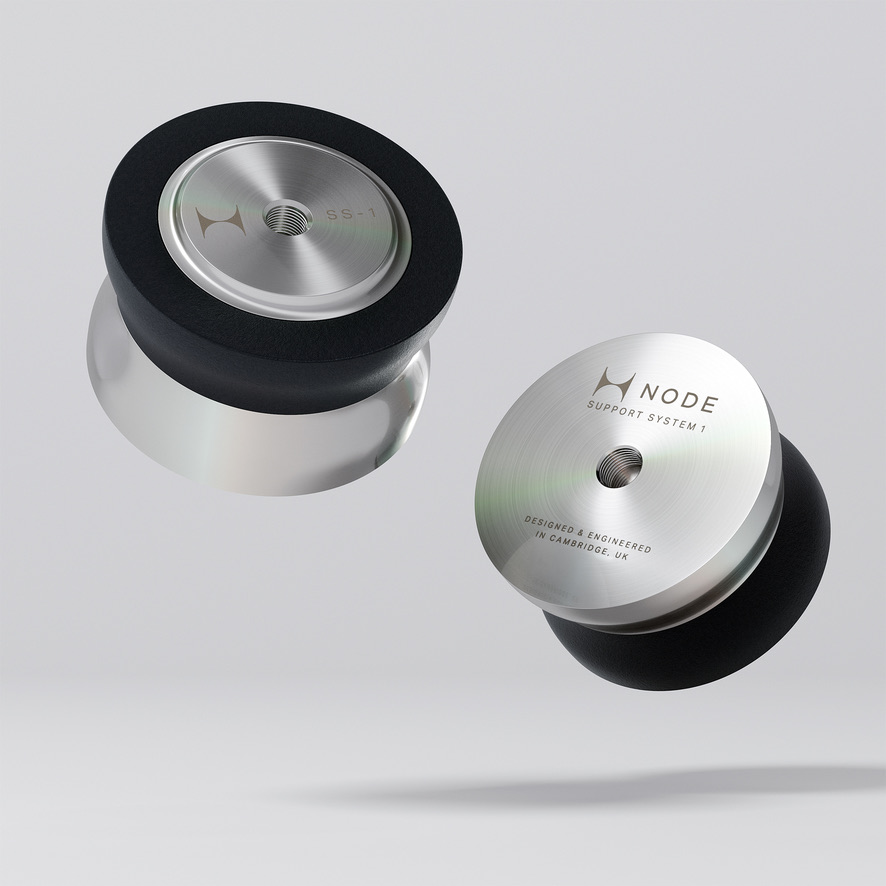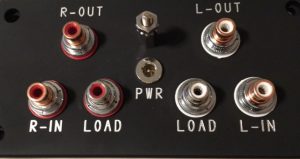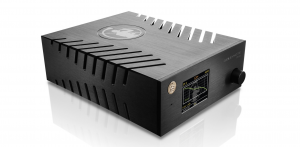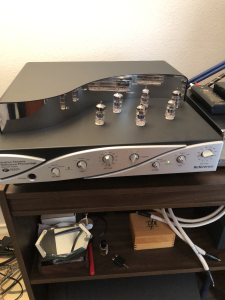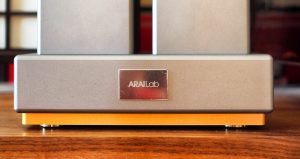Empiricism vs. Theory
What was my biggest discovery last year? Bass traps. I installed them in the left and right front corners behind the speakers, as recommended. Having done my homework, I knew what to expect: low-end response would be smoother and tighter, clarity would increase, and some dampening would occur. The treble also would take a hit since these are broadband absorbers.
All of those things came to pass. Happily the treble reduction was mild and easily offset. Then came the surprise. Nothing was said anywhere about the sound spreading laterally across the width of the room, with more coming from the left and right margins where the traps were placed. If absorbers remove sound energy, why is there more coming from those locations now?
I called the vendor and spoke at length with a consultant, but hung up without a satisfying explanation. The bass traps made a big difference. I love the effects and should have done it years ago. However, I have no clue as to how they do what they do.
Phono Stages
I had a much more satisfying experience with the product currently under review.
I've been fortunate to spend time with a series of Reference Class phono stages: the Audio Consulting, the Ypsilon, the Audionet, the Lamm LP1 Signature, and the Merrill Audio Jens. It's been a real treat and an education, as these units test—and sometimes extend—the limits of analog at the deep end. What's possible nowadays was surely unimaginable ten years ago.
Gideon Schwartz of Audioarts came by to install the latest, the CH Precision P1 Phono Stage. We went over the product highlights and the user interface. Most CH gear has uncommon features requiring explanations and that's especially true for the P1. It's nice to have a dealer provide this kind of personal service.
I waited a long time for the CH P1 and there's a lot of hype surrounding this product; my expectations were irrationally exuberant, to put it mildly. I let the unit cook for 75 hours or so. Now the panel was assembled, ready for our first face off. The Lamm LP1 Signature phono, which had been holding court, was swapped out for the CH P1.
The Impression of Speed
"Hey, is it just me or are those guys playing faster?" Lynn queried. Someone else chimed in, "Maybe the CH P1 cranked the Kronos' turntable motor and made it spin faster?" Kidding aside, there was general agreement that the pace seemed to have picked up. We were spinning Taffelmusic (Reference Recordings RR-13, 45 RPM LP).
This impression was supported when Sheldon observed that instruments were coming and going speedily because the transient edge had sharpened, while decays were shorter. Thus, in short order, we easily explained the impression of cranked RPM.
Plus it jives with what you would expect when moving from a tube component to solid-state. These two Ref Class phono stages offer disparate takes and decidedly different voices. Some visitors preferred the Lamm, some the CH. Both are damn good machines that do almost everything right. It's not like one is superior to the other. At this elevated level it comes down to a matter of taste. (And what ancillaries make up the rest of your system.)
Let's examine some more of the differences.
The Lamm
The LP1 Sig has flawless tone and timbre with a dollop of tube beauty. It has a little extra low-end weight and incredible dynamic range and power. Yet the sound never assaults the listener. Always coherent and integrated, the transient comes on fast enough, but lands softly. The surface of the soundstage presents a smooth expanse across its width—instruments don't pop out and come forward. With the Lamm, listener ease is paramount.
I consider the LP1 Sig highly naturalistic and put it in the neutral camp. Given Lamm's reputation for sophistication, the LP1 Sig is the epitome of refinement. The brand represents the way good sound has been understood for a long time.
The CH P1
The CH P1, on the other hand, is unreservedly neutral. With less lustre on the strings and, given its transient characteristics, you might say there is less honey and more bite—a lot more bite. But bite is relative. In the larger scheme, the CH P1 is sweet-sounding solid-state.
CH Precision source components, when properly implemented, fill out more of what's missing in solid-state playback. This is solid-state gear with hints of tube-like tone and timbre. We'll come back to this idea a little later.
It's astonishing to recall how the Lamm, a three-box component with dual outboard power supplies, set a new standard for dynamic range, weight, and slam in a phono stage at Nack Labs just last year. The crown for dynamic range passed as soon as the CH P1 came in. (The Lamm retains honors for low-end weight and slam.) This happened in rapid succession.
The CH P1 lets you relax. Especially in quiet passages, it can seem polite and easy going. But don't let your guard down too much, because it can flip on a dime and zap you with crashing wave-fronts of almost brutal aggression.
CH X1 Power Supply
On this note, I spent time with the CH P1 both solo and connected to the CH X1, the optional external power supply. The CH P1 solo powerfully grips the sound, leaving little ambiguity regarding image size and stage locations. But with the addition of the X1, that grip is strengthened. It becomes more dimensional and solid, with incredible amounts of thrust.
The CH P1 presents a new kind of analog sound, modern and contemporary, and is all about finesse.
Multi-Tasking
Both of these machines scale beyond expectations in the midst of the heaviest signal demands, while remaining cool as a cucumber. However, I spied something within the tumult of peak macros that represented a new level of finesse on the CH P1's stage. There are times when the musical score calls for opposing dynamic markings, i.e. the brass may be blaring fff, while the first violins are making a decrescendo. The CH P1 was able to fully express the controlled aggression of the one and the silky politeness of the other simultaneously.
A good example would be Winter Cantata from the sleeper LP Vincent Persichetti Choral Works (New World Records NW 316). The unlikely scoring calls for flute, marimba, and women's chorus. The piece begins with the flute emanating from deep stage right; the chorus enters approximately on the same plane but more centered; then the marimba is heard stage left, way up front and, for some reason, it is much more closely miked. The instruments are panned hard left/right and the contrast presented by the soft, broad tones of the flute playing in its middle range and the up-front aggression and sharp mallet strikes on the marimba couldn't be more extreme; yet, the reproduced acoustic and ambiance is strikingly natural.
They are so fully realized, it occurred to me I could power down one monoblock and just listen to the instrument in the other channel for a completely satisfactory solo performance. This component is able to multitask, just like a person—perhaps better.
The Merrill Audio Jens Phono Stage
Another point of view was offered by the Merrill Audio Jens phono stage. At my request, the Jens made a return visit while I was evaluating the CH P1. I considered the solid-state Jens something of a giant slayer and a best buy at the $15K price point—and so it is.
The Jens is immediately ingratiating. It has an effect on listeners from the first notes that makes them stop what they were doing and pay attention. This phenomenon was repeatable. I even dubbed it the "The Jens Effect." With warmth and bloom, this is solid-state with even more tubey qualities than the CH P1. It is so easy to get pulled into its thrall. The Jens is closer to the Lamm in that way. It is also dynamic as hell and has great soundstage width.
CH P1
What happens when you put the CH P1 back in stream? Some warmth and bloom disappear and it is clearly less ingratiating. But listen further. You soon realize you have taken a leap in credibility. You are in as close proximity to the real event as you've ever been in a soundroom.
Lots of things have changed, but the biggest difference is in the realm of timbre. Think of timbre as a continuum from monotone grey at one end to all the colors of the rainbow at the other. Components, being imperfect machines, have a limited range of hues at their disposal. Some have a wide palette, most are constricted. None are full spectrum.
You can hear this as the common element in playback, what we call the component's signature (or coloration). If you listen closely, some part of the sound is always present regardless of which instrument is playing. Usually the problem is a shortchanged harmonic envelope that's missing complexity. It could also be an audio component that sounds rich and bloomy all the time. If it always sounds like that, that is a signature. Since this common element has no musical value, I think of it as grey.
This is where the CH P1 impresses me the most. Its portraits have less carry over from instrument to instrument—less greyness—and more uniqueness. I daresay it has the widest timbral palette at its disposal I've encountered. Consequently, each instrument sounds more like itself.
How important is this timbral veracity? What is the magnitude of this nudge closer to truth? Granted it is not huge—but the sensitive listener will hear it. It is a refinement only possible when your rig is beyond the major issues. At that point, it represents the next frontier.
Original vs. Modern LPs
In this era of the Second Coming of Analog, a running debate concerns LP pressings. Which are better: The new, heavyweight, audiophile reissues or original issue LPs? Originalists don't deny the density and clarity of info and the purging of distortions in the reissues. Their gripe is with the loss of certain musical qualities. The P1's honesty cut through the fog—and it wasn't always pretty.
Put on the Hi-Q Records reissue of Hector Berlioz's fantasy piece, Harold In Italy, with Leonard Bernstein and the Orchestre National de France. Everything is exposed; detail retrieval is at the "you can hear the chair scrapes" level. And, yes, the bloom, body, and air of the 1976 EMI original are gone.
Take it off! Please! Put an original on the platter, the famous Charles Munch/Boston Symphony Orchestra LP (RCA Shaded Dog, LSC-2228).
Ah, now you're talking! All the bloom, body, air, and the vintage aura permeate the room, unmistakably. The CH P1 can step aside, revealing that not all reissues are created equal. (It also tells me I won't be buying another Hi-Q LP.)
Technical Goodies
Input Modes
The majority of phono preamps use voltage amplification circuits, which is great for high output cartridges. Low output MC cartridges are more efficient at delivering current. The CH P1 is the first phono stage I know of that offers both types.
Two of its inputs are labelled MC1 and MC2 (for current). The third is MM/MC Input (for voltage).
Three inputs are available on the P1. Two of them are in current mode, dedicated to MC cartridges. The third input is in voltage mode, accommodating both MM and MC cartridges as well as step-up transformers.
MC1 and MC2 Current mode input: current mode input reads the current generated by the cartridge (not its voltage)... Using current mode inputs provide a superior signal to noise ratio compared to a conventional voltage input, better immunity and by essence no necessity to match impedance.
MM/MC Voltage mode input: a voltage mode input reads the voltage generated by the cartridge. The voltage mode input is used for all types of cartridges as well as with step-up transformers.
The MC1 and MC2 current mode inputs require no impedance matching. However, the MM/MC voltage mode input is fitted with a variable resistor seen by the connected cartridge as a load for impedance matching.
Gideon went right to the MC1 Current mode input, which was obviously most suitable for my Air Tight PC1s cartridge and its .5mV output. I stayed with it and did not explore voltage amplification.
The P1 sets gain automatically: the lower the cartridge internal resistance, the higher the gain. You may want more or less and can adjust it by +05dB increments up to a max of 70dB via the menu system. It is individually selectable for each input.
RIAA Equalization
The CH P1 has two RIAA equalization curves built-in. Most of the time, I used the standard (implemented passively, by the way). For original LPs from the fifties/sixties, there is a menu option called "eRIAA," or enhanced RIAA. Additionally, those who want it can purchase a plug-in board with 4 more equalization filters: Columbia, EMI, Decca and Teldec.
Installation and Associated Equipment
Apart from phono stages, I was running a full suite of CH components from source through to M1 Monoblocks for most of the audition. The majority of the system was wired with Kubala•Sosna Elation! balanced interconnects and power cords, connected to K•S XPander Power Distributors.
A couple of Stage III wires—the Triton power cord and Analord Master Phono interconnect—were wonderful ancillaries. One of each with the balance K•S resulted in the best sound. Consider them a mandatory audition.
Cosmetics
The P1 comes in the same rather large enclosure as the rest of the CH front-end components. It's beautifully constructed and beautiful to look at, with softly squared-off corners, no visible screws (except on the back). The front, side and top of the satiny chassis are made of high-grade aluminum alloy, while the base plate is steel.
The P1 is the first CH source component that does not include a remote. It is expected that the consumer will download the CH app to their Windows-based tablet. The app can be used to operate all CH components.
P1 accessory kit
With this component I also received a set of Support-Discs, a carbon polymer composite receptacle that fits under the stainless steel isolation spikes built into every CH component. (Formerly an optional accessory purchased separately, they now come standard with all components.)
The S-Disc, although quite thin and lightweight like plastic, has audible effects along the lines of improved dimensionality, a wider stage, less stridency in the treble, and a bit more midrangy tonal balance. Nice! I'll be putting them under all of my CH gear ASAP.
Conclusion
As an audio reviewer, I am forever making comparisons. It is the nature of the game, whether it's A/B, A/B/A, or A/B/x. Any endeavor worth its salt comes down to an evaluation of contenders.
During the course of evaluating the CH Precision P1 Phono Stage, I had in some formidable competitors and, let me tell you, it's been an education. Even within the loftiest reaches of analog amplification there are gradations to parse.
It's not like one machine does it all and the others don't—they are all formidable. It comes down to a matter of what you value most. To my ear, the CH P1 demonstrated unique capabilities and speaks to me in ways nothing else does. (That's no surprise. I feel the same way about many of their products.)
Keep in mind, a system is only as good as its weakest link. The CH P1's full potential will only be revealed if your ancillary gear is at the same level. With the P1 joining my reference system, I will now have a complete run of CH Precision electronics.
P1 Phono Stage
Retail: $31,000
CH Precision





